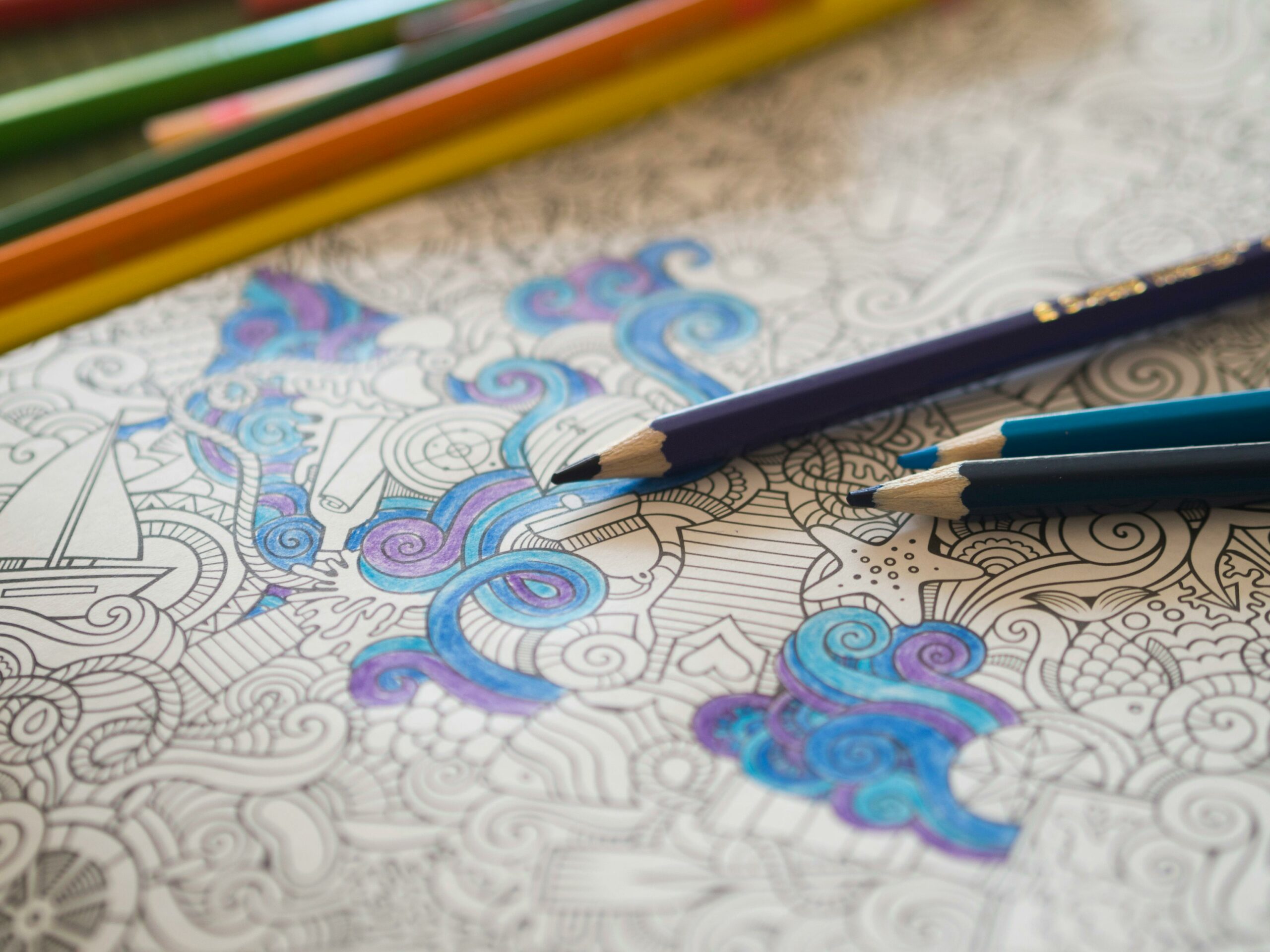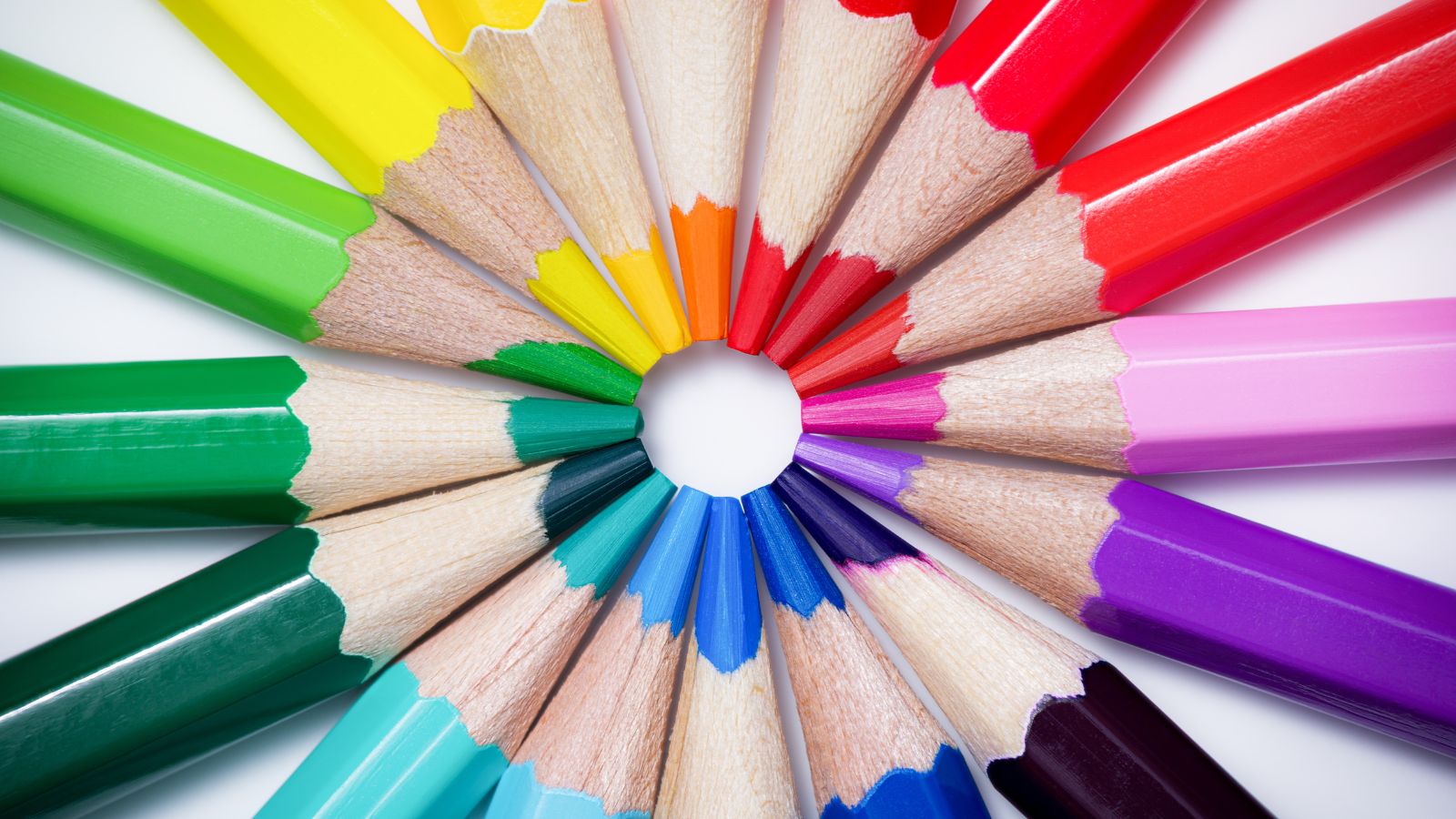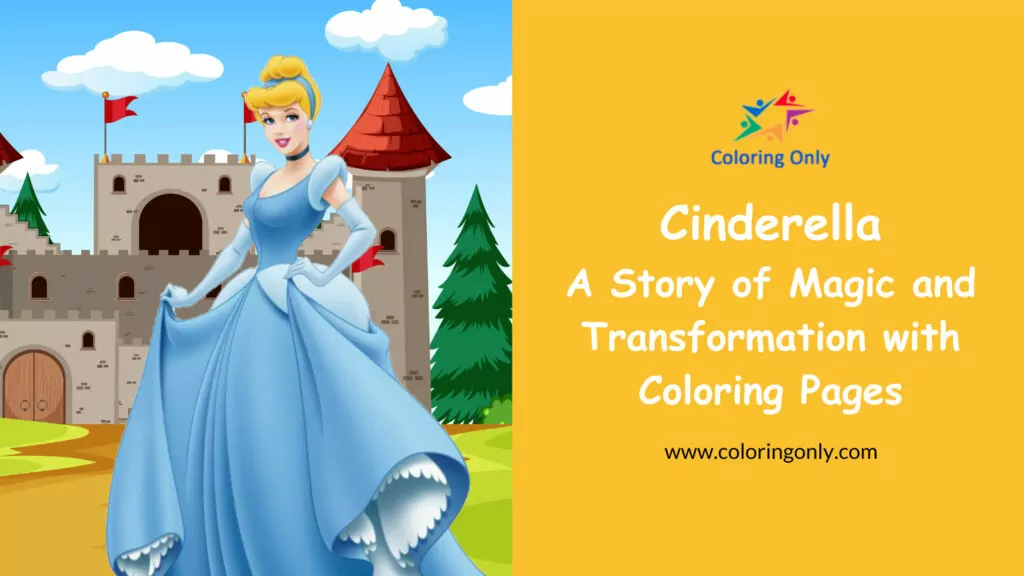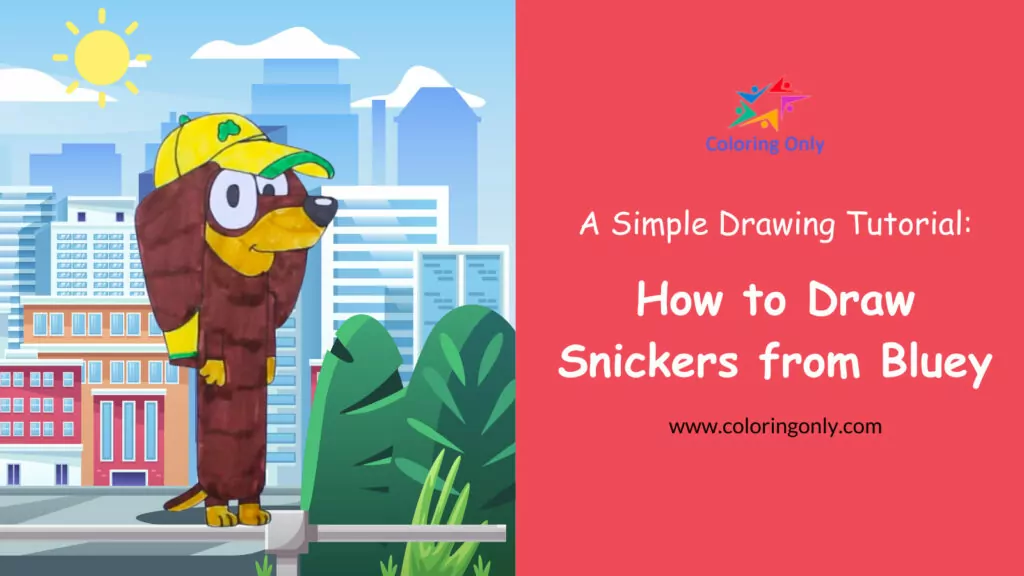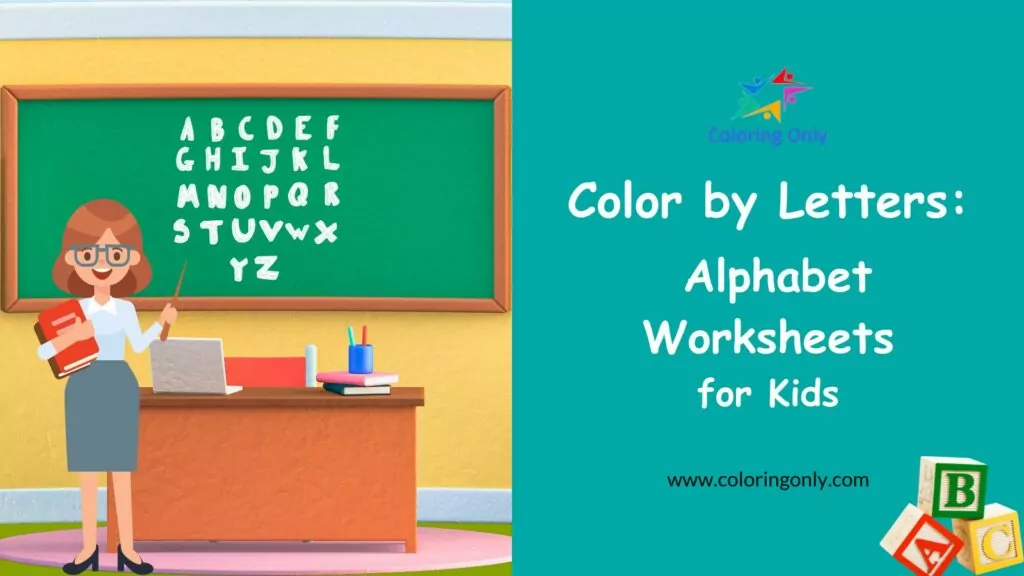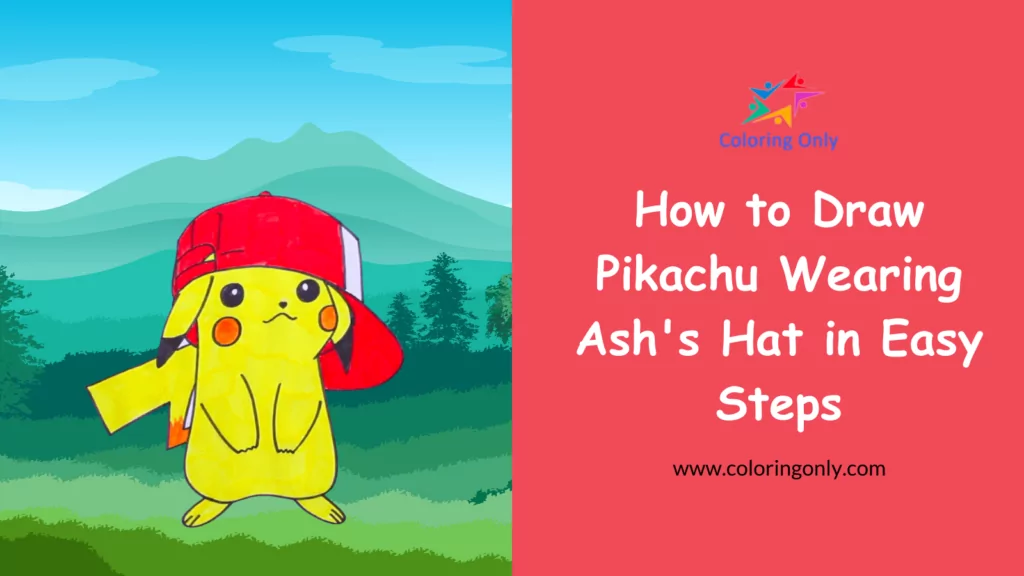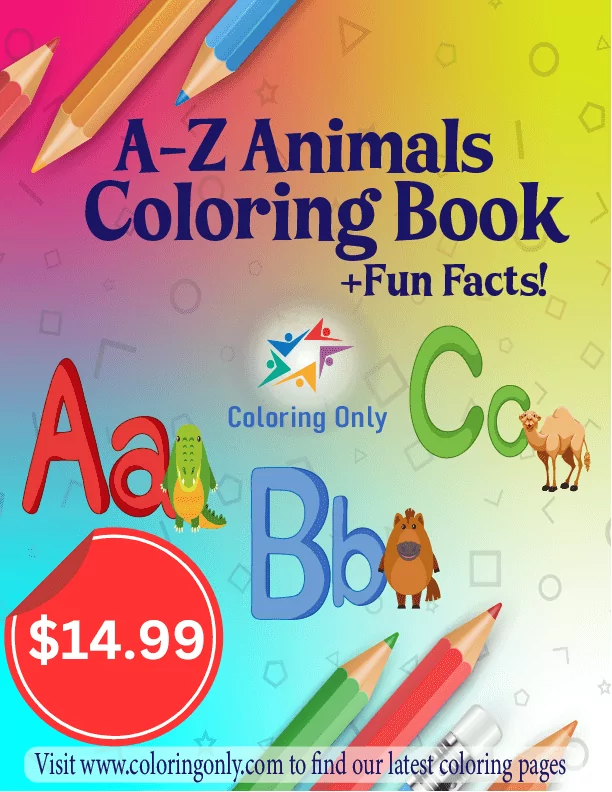
Want to color like a pro and make amazing artwork? Here are some tips from expert colorists that will help you improve your coloring skills and take your coloring pages to the next level.
Picking the Perfect Coloring Pages
Start by choosing coloring pages that match your skill level and what you like. You can find all sorts of pages on our website – like animals, nature scenes, cartoons, and more. Some are more detailed than others, so think about how much time you want to spend coloring. Consider what styles and themes you enjoy too. If you’re into nature and bright colors, go for birds, butterflies, or rainbows. If abstract stuff is your thing, look for patterns or optical illusions.
To find the best pages for you, check out our website which offers free coloring pages. Search using keywords like “coloring pages for adults” or “coloring pages of flowers” to find what you like.
Using the Right Tools and Materials
Once you’ve got your pages, use the right tools. Depending on the paper quality, you might need different things like crayons, colored pencils, markers, or paints. Each has its pros and cons, so try them out to see what works best:
- Crayons: They’re easy but can get messy. Good for big areas and simple shapes. Remember to press gently and evenly.
- Colored Pencils: Precise but take time. Best for small details and shading. Keep them sharp and use light strokes.
- Markers: Bright and quick, but they might bleed. Great for solid colors. Use thick, smooth paper, and avoid coloring over the lines.
- Paints: Messy but fun. Perfect for larger areas and blending colors. Use special paper and different techniques like wet-on-wet or dry-brush.
Mastering Color Theory Basics
Lastly, learn a bit about color theory. It’s about how colors work together. Here are a few simple ideas:
- Color Wheel: Shows how colors relate. It helps create cool color combos like complementary or analogous schemes.
- Value: It’s about lightness and darkness. Adjusting it can add depth to your coloring pages. Use lighter or darker shades of the same color.
- Saturation: It’s about color intensity. Adjusting it can make colors more vivid or subtle. Experiment with different saturations of the same color for a cozy feel.
Enhancing Coloring Skills
Improving your coloring game involves more than just picking the right pages and tools. Let’s explore some techniques to level up your coloring prowess:
- Layering for Depth: Layering colors creates depth. Apply colors gently atop each other to make areas darker or lighter, adding shadows or highlights. Use transparent colors like watercolors or colored pencils for this technique.
- Blending Colors: Mixing colors smoothly with pencils adds realism. Softly blend colors for a natural look using wax or oil-based pencils, employing methods like layering or cross-hatching.
- Creating Texture: Experiment with crayons for texture. Vary pressure and direction while using different types like metallic or glitter crayons. Techniques like stippling or rubbing help achieve various textures.
- Smooth Marker Blends: Achieving seamless color transitions with markers creates vibrant effects. Use alcohol-based markers and techniques like feathering or flicking for a polished finish.
Blending with Colored Pencils
Blending amalgamates colors, fostering seamless transitions. Achieve realism and depth using these methods:
- Layering: Apply thin layers of different colors, building up gradually for the desired effect. Circular strokes blend colors gently. Smooth edges using a white or colorless blender pencil.
- Burnishing: Intensely blend colors with heavy pressure, using a blender pencil or a burnishing tool. This technique creates a glossy finish but handle it cautiously as it can damage the paper.
- Solvents: Use liquids like rubbing alcohol or oils to dissolve and blend pigment and wax. This method offers a soft, painterly outcome but should be used cautiously as it can alter paper texture and colors.
Depth Creation with Crayons
Shading brings depth and dimension by varying color values:
- Pressure: Alter the pressure applied to the crayon for light, medium, or dark values. Varying pressure creates different textures—smooth or rough.
- Cross-hatching: Draw parallel lines using varied crayon thickness for distinct textures. Layer lines in different directions to deepen shades and enrich texture.
- Scumbling: Scribble randomly over the surface with varying pressures. Overlapping scribbles in different colors create darker tones and intriguing textures.
Mastering these techniques will elevate your coloring game and bring life to your creations!
Benefits of Mastering Coloring
Honing coloring skills offers numerous advantages:
- Stress Relief: Coloring relaxes the mind and body, triggering feel-good hormones.
- Boosted Focus: It sharpens concentration by training the brain to notice details.
- Fuel for Creativity: Stimulates creative thinking, enhancing imaginative skills.
- Confidence Builder: Offers a sense of accomplishment and boosts self-esteem.
- Improved Coordination: Strengthens hand muscles and enhances motor skills.
- Mental Agility: Activates logical thinking, enhancing memory and cognitive abilities.
- Cultural Exposure: Introduces diverse art themes and styles, enriching knowledge.
Coloring is a fantastic outlet for your artistic side. By adopting these tips, you’ll enhance your skills and make your coloring pages stand out. There’s no right or wrong way to color—just enjoy the process and let your creativity flow! Grab your tools and start coloring like a pro!

